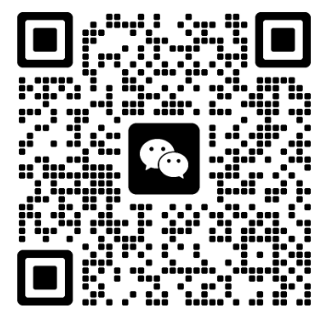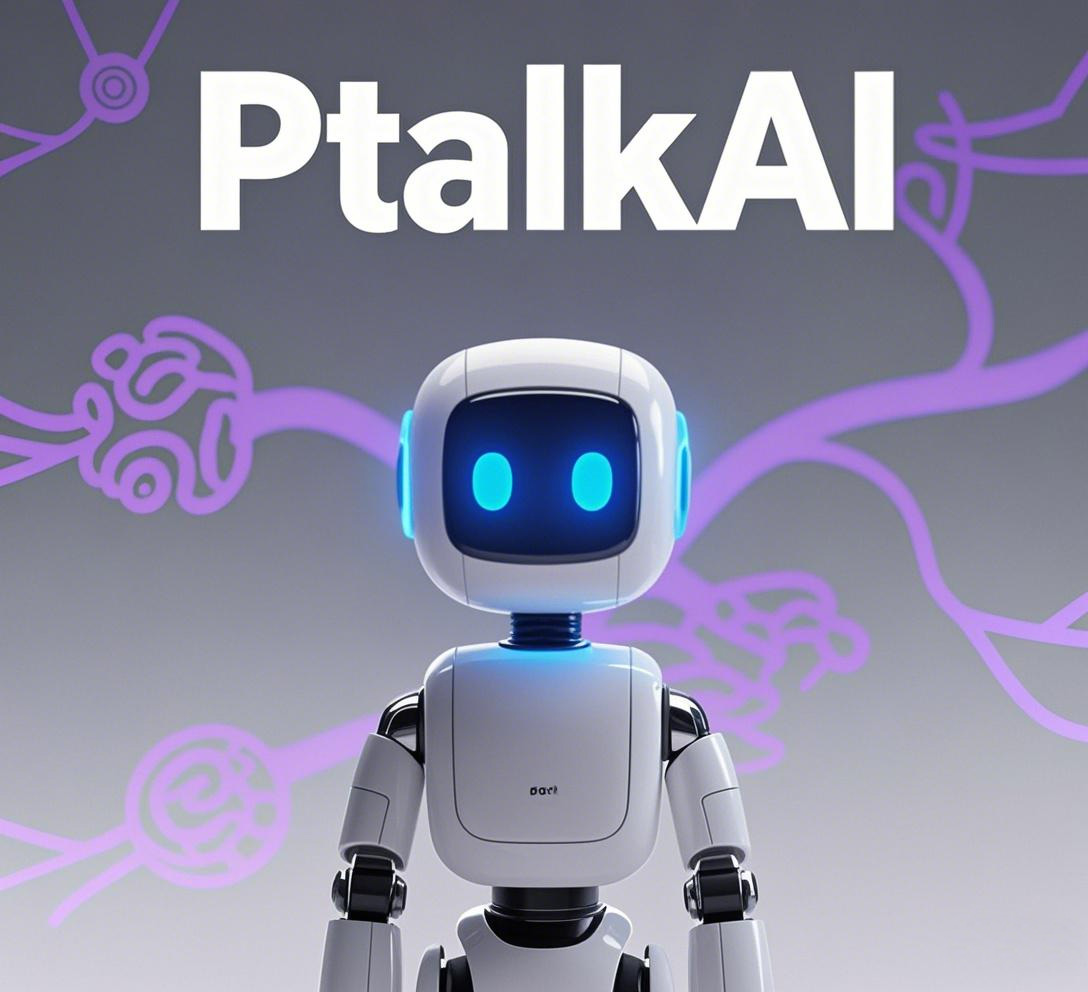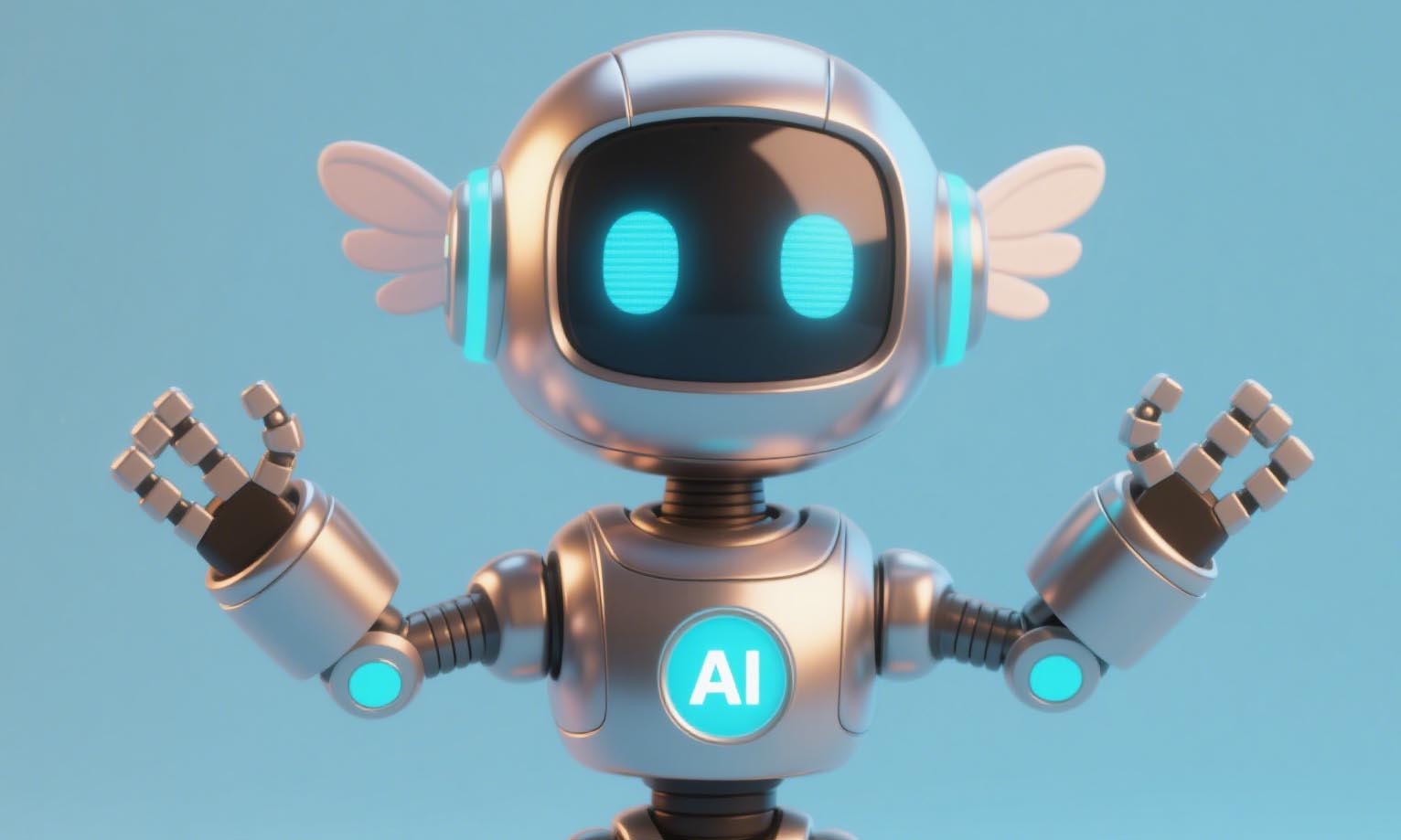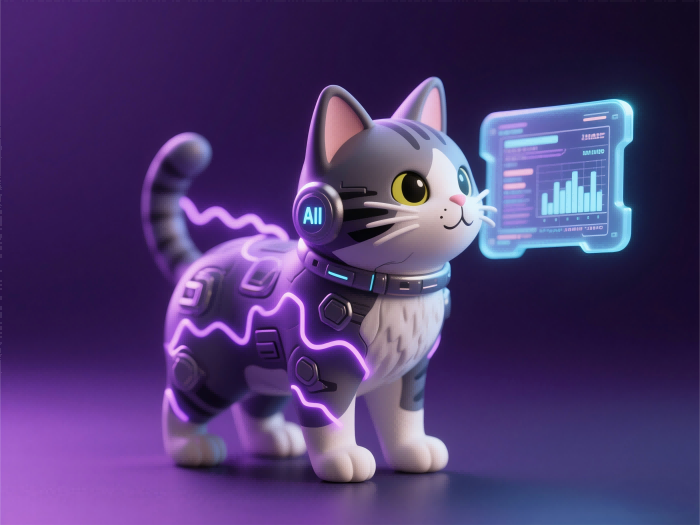How AI Toys Are Shaping the Future of Childhood Development
As technology continues to evolve, AI toys are playing an increasingly important role in shaping how children grow, learn, and interact with the world around them. These intelligent toys are not just about entertainment; they are designed to stimulate cognitive development, encourage creativity, and build foundational STEM (Science, Technology, Engineering, and Mathematics) skills. With the integration of AI, toys have transformed from passive objects into dynamic companions that engage children in meaningful ways, preparing them for a digital future.
One of the most notable contributions of AI toys is their ability to support early literacy and language acquisition. Smart books and talking plush toys use speech recognition and text-to-speech technologies to read stories aloud, ask comprehension questions, and even pronounce difficult words. This kind of interactive storytelling enhances vocabulary development, listening skills, and phonemic awareness—all essential components of early reading readiness. Moreover, multilingual AI toys can expose children to different languages, fostering bilingualism and cultural awareness from a young age.
Beyond language development, AI toys are also instrumental in introducing children to basic coding and computational thinking. Programmable robots and AI-driven building blocks allow kids to experiment with logic, sequencing, and problem-solving through play. For example, some AI-enhanced building sets guide children through step-by-step challenges, teaching them how to code simple movements or solve puzzles using visual programming interfaces. These early experiences with technology can spark an interest in computer science and engineering, setting the foundation for future academic and career pursuits.
Creativity is another area where AI toys excel. Unlike conventional toys that follow fixed rules, AI-powered devices can generate new scenarios, adapt to user inputs, and inspire open-ended play. Interactive drawing tablets, for instance, can recognize a child’s sketches and animate them, encouraging artistic expression and digital storytelling. Music-oriented AI toys can listen to a child’s melody and harmonize with it, turning spontaneous tunes into full compositions. These creative tools empower children to explore their imagination while developing fine motor skills and artistic confidence.
Furthermore, AI toys are being developed to assist children with special needs. Inclusive design principles are guiding the creation of toys that cater to children with autism, ADHD, or sensory processing disorders. For example, emotion-detecting robots can help autistic children understand facial expressions and practice social interactions in a safe, controlled environment. Tactile AI toys with customizable sensory feedback can provide therapeutic stimulation for children with sensory challenges. These innovations highlight the potential of AI to make play more accessible and beneficial for all children.
However, as AI becomes more embedded in children’s lives, it is crucial to address ethical considerations such as data collection, screen dependency, and the impact on traditional forms of play. Parents and educators should remain vigilant about ensuring that AI toys complement—not replace—real-world interactions and physical activities. Choosing age-appropriate toys with clear parental controls and transparent data practices is essential for maintaining trust and safety.
In summary, AI toys are redefining childhood by blending play with intelligent learning. They offer exciting opportunities to enhance language skills, introduce STEM concepts, boost creativity, and support inclusive education. As these toys continue to evolve, they will play a vital role in shaping the next generation of thinkers, creators, and innovators.













